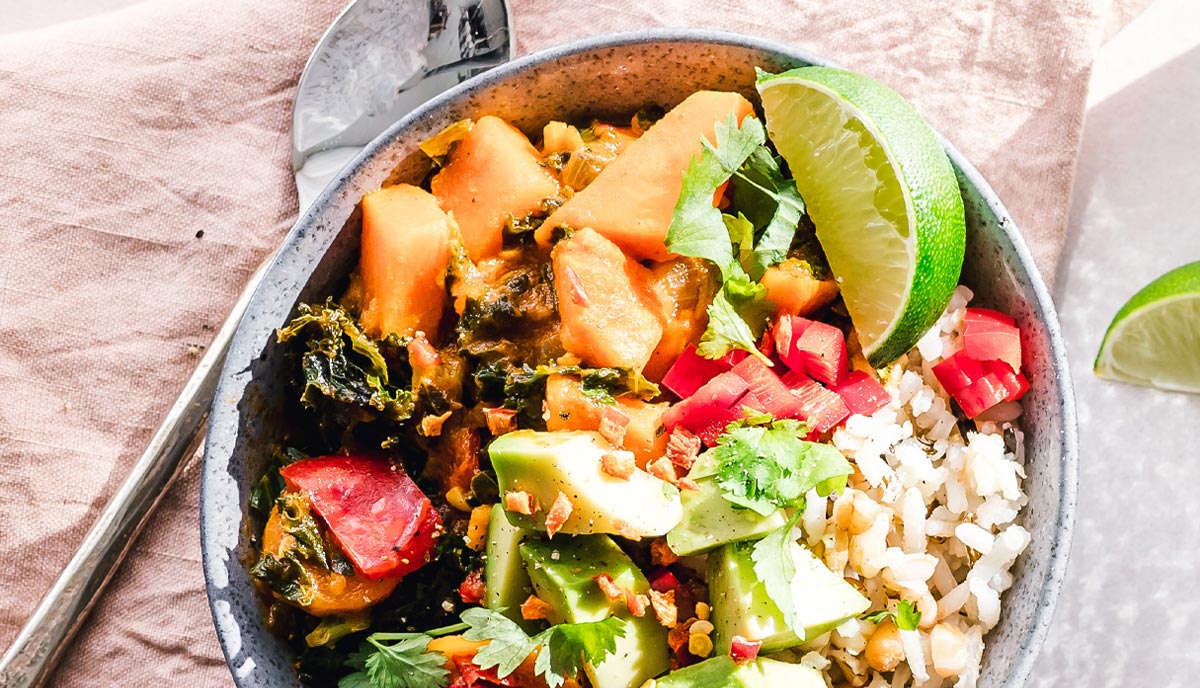
How to Incorporate Healthy Lifestyle Changes
Many people going into the holiday season and new year 2023 may be enticed by fad diets like “juice cleanses”, “paleo” and “keto” so let’s review why fad dieting doesn’t work and how to incorporate healthy lifestyle changes.
What is Considered a Fad Diet?
There are so many fad diets out there and very tempting for a quick fix but many do not take into account the dangers of fad dieting. Many of these plans cut vital nutrients your body needs and make you consider foods good or bad thus developing an unhealthy relationship with food. Many wonder what fad diets consist of, and the Academy of Nutrition and Dietetics showcases characteristics of fad dieting and knowing when something is too good to be true. Moreover, even though Fad Diets like “detoxing” or “Whole30” seemingly have great results with scientific research to back up their claims. However, those “big” results have come out of very small-scale studies with few participants for a short duration. I’ve reviewed them in greater detail below and utilize the same approach as a Registered Dietitian Nutritionist.
1. Rapid weight loss: Any diet that promises more than 1-2 pounds a week can potentially be dangerous for your body and is breaking down critical stores of muscle and water versus fat.
2. Significant calorie restriction: If there is a diet you are tempted to try which significantly lowers overall calories and macronutrients under 1200 calories per day will correlate with weight gain immediately after ending the restriction. Putting your body through a period of what I term a severe nutrient restriction will only trigger a natural reaction of lowering your metabolic rate and increasing cortisol causing weight gain.
3. Specific food combinations: There are no magical food combinations or specific times of the day that will bypass the fat-building process or speed up weight loss except an overall lifestyle change. In addition, if you cut certain micro or macronutrients it could lead to other serious health conditions.
4. Strict menu prescriptions: Any fad diet that is difficult to follow for one or two days isn’t sustainable and will create a negative experience for eating healthy and make losing weight seem unattainable.
5. Zero exercise needed: Diet and exercise go hand in hand for a healthy lifestyle and weight loss so if a diet promises no exercise you know it’s not a fad diet you should be following.
What are Some Examples of Fad Diets?
Fad diets have been around and documented since the 1800s starting in 1820 with the “vinegar and water diet” which was promoted by Lord Byron a celebrity in his day. In fact, most fad diets are promoted by celebrities so Lord Byron’s meals consisted of starches like bread or potatoes soaked with vinegar along with water or tea. Sounds terrible, right? My personal favorite is the baby food diet which peaked in 2010, the meal plan consisted of 14 jars of baby food and one actual meal per day. These two examples lack critical macronutrients and many micronutrients that are vital to our bodies such as protein, healthy fats, and vitamins or minerals you couldn’t replace even with a multivitamin.
What is Weight Cycling?
I’ve seen countless friends, family and clients struggle with weight cycling or what is typically called yo-yo dieting. Obesity is a very real issue and unfortunately for most who lose weight initially are unlikely to maintain, it and are more likely to go through periods of weight loss and gain known as weight cycling. Many times, those who go through weight cycling are increasing their risk of cardiovascular disease, type two diabetes and increasing their chances of maintaining a high BMI indicative of obesity per the study conducted at the Department of Health and Human Performance through the University of Houston.
Another study revealed “the odds of obesity were 1.9, 2.9, and 3.2 times higher among those who were on a diet once, more than once, and always, respectively. Similarly, the odds of BMI gain versus BMI maintenance and also versus BMI loss were higher among those who dieted than those who did not.” Therefore, to up your chances at long-term success and stop this vicious cycle of weight loss and gains healthcare professionals suggest lifestyle change versus fad diets.
The Solution? Lifestyle Change
In the report, “A Call for an End to the Diet Debates,” researchers support that lifestyle changes trump your typical “diet” which can be any of the diets we dietitians battle against with clients in fighting the widespread obesity epidemic.
Here are a few simple lifestyles changes you can make to get you on the road to permanent weight loss. As a dietitian with a weight management certificate, I have used these techniques with much long-term success which puts an end to fad diets and weight cycling.
1. Understand Where You are and What is Realistic for You
Lifestyle change is a scary and new process, and we tend to immediately focus on foods you cannot eat, versus trying to focus on what you can have. So, I always suggest a food diary to understand where you are today, and how you can implement healthy changes. Upon completing a few days or weeks of a food diary you discover trends in your eating patterns and can pinpoint areas to focus on.
Let’s say your go-to comfort food is pasta, instead of cutting it completely out and creating this craving for something you can’t have try a new recipe. You could get creative with whole wheat pasta with fresh fish and vegetables or even spaghetti squash with marinara and turkey meatballs. Making the change should be challenging enough to get you out of your typical eating pattern but not so difficult it appears impossible or that may require you to make major changes to your daily living.
Another area is beverages, and according to the CDC, the average adult consumes 1 sugar-sweetened beverage per day with an average of 145 calories and just about all the total grams of sugar that are recommended in your entire day. So, think of the impact on your body after recording one Frappuccino and several sodas daily on your food diary. Can you make concessions and swap out sparkling water to get the same satisfaction? Or a plain coffee with sugar-free low-calorie sweetener? The changes may not seem significant but when you add them up over time can make a huge impact on your lifestyle change and weight loss journey.
Snacking is something that we all struggle with, whether at home, work, or family functions. It’s always worthwhile to plan and like meal prepping also prepare snacks in advance so you are less likely to be enticed by the candy bowl at the office or the appetizers at the family BBQ. It is 100% okay to partake in both but planning out or having an advance snack will decrease the chances of over-consuming.
2. Incorporating Physical Activity
Ensuring you achieve 30-60 minutes of physical activity is crucial for weight management and a healthy lifestyle. Here are a few tips to make the transition from sedentary to active much easier and less overwhelming. It’s also important to vary it up so it doesn’t become monotonous but also stick to a schedule to keep yourself on track. Physical activity should be a movement you enjoy, you don’t need to commit yourself to a monthly membership to CrossFit. Unless that works for you. A few tips that can be incorporated into your daily routines are:
- Park further away and walk
- Join a walking or jogging group
- Housecleaning and gardening
- Exercise classes at the YMCA or local gym
- Incorporating your family (playing catch with your children, bike riding, swimming)
3. Practice Portion Control
I know it seems pretty self-explanatory but eating less will automatically cut calories and still provide vital nutrients. Another advantage to practicing portion control is that you do not have to cut out entire food groups to lose weight and you still are able to indulge in your favorite treats thus, reducing cravings. No dieting and no deprivation are needed like fad diets.
A great example is the difference between cut and cutting down, if you absolutely love peanut M&Ms for example, there will be things you need to give up on a certain day to allow for things you may want more. If you want the M&M’s, you may need to cut the before-mentioned Frappuccino. It’s also helpful to know what a trigger is for you. If you eat an entire bag of chips while watching your favorite shows, then cutting chips in the pantry works in that situation. However, eating a single-portion bag with your deli sandwich for lunch at work is still allowing you to have a favorite food and not eliminating chips altogether.
Think About Long-Term Goals
A fad diet may seem like a much easier choice especially when we see an endorsement from a favorite celebrity or a family member who swears by it but think about your long-term goals versus a two-week fad diet plan. A healthy lifestyle that incorporates balanced meal planning and exercise is sustainable and better for your overall well-being and therefore should be your ultimate choice.
By Rebecca McCullough, SVP Nutrition Health & Wellness NEXDINE Hospitality
References:
http://jamanetwork.com/journals/jama/article-abstract/1730520
https://www.ncbi.nlm.nih.gov/pubmed/21829159
https://www.ncbi.nlm.nih.gov/pubmed/25608460
https://www.ncbi.nlm.nih.gov/pmc/articles/PMC4241770/
http://www.eatright.org/resource/food/resources/national-nutrition-month/fad-diet-timeline
